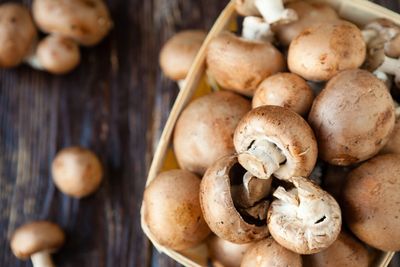Eating Vegetables for Vitamin D Intake
Vitamin D is often referred to as the sunshine vitamin because the human body produces it naturally when it is exposed to the sun. Because of this, the simple act of gardening can do a lot to help your body produce the Vitamin D it needs. It doesn’t matter what you grow – as long as you’re out in the sunshine regularly, you’re doing your body good. How well this works varies, however, and can depend upon a number of things like skin tone, time of year, and the presence of sunscreen. People over 70 also need extra Vitamin D to promote healthy bones. Because of this, it’s important for many people to seek out ways to supplement their Vitamin D intake. One effective way is through diet.
Vegetables High in Vitamin D
The most famous dietary source of Vitamin D is, of course, milk. But is there any Vitamin D in vegetables? The short answer is, not particularly. Vegetables do a lot for us, but supplying Vitamin D is not one of their strong suits. There is, however, one major exception: mushrooms. While they are not really vegetables in the strictest sense, mushrooms can be grown at home. And they contain a decent amount of Vitamin D… as long as you put them in the sun first. Mushrooms convert sunshine to vitamin D just like humans do. Unwrap your mushrooms and place them in direct sunlight at least one hour before eating – this should increase their Vitamin D content and, as soon as you consume them, it should increase yours, too.
